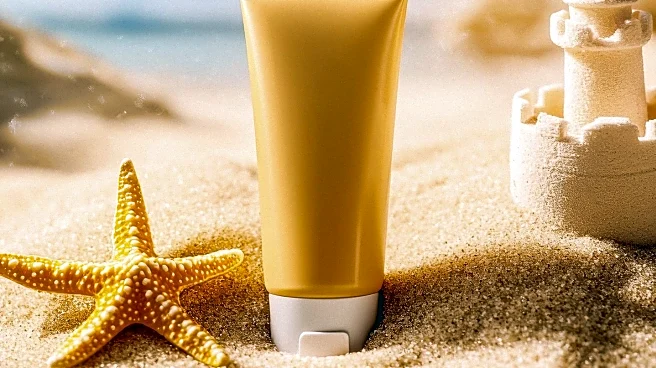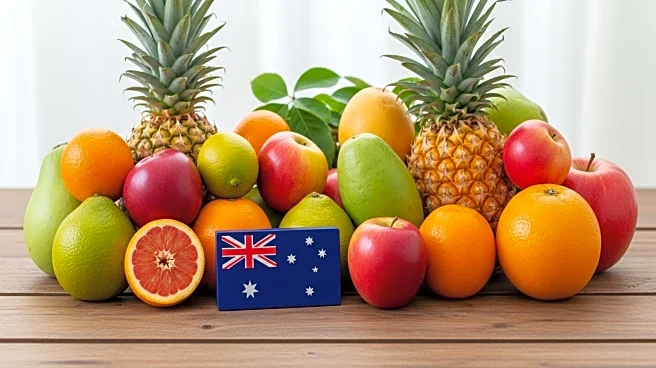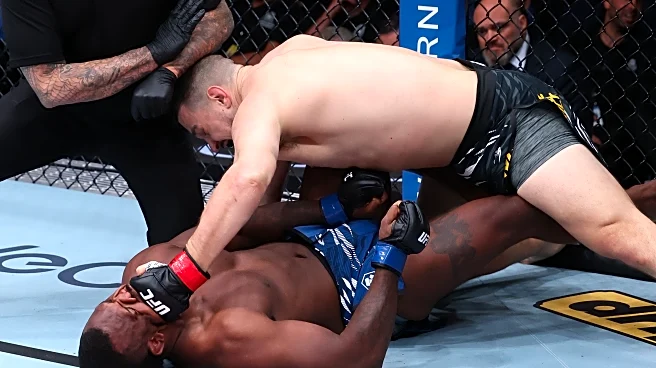What's Happening?
The Therapeutic Goods Administration (TGA) in Australia has identified 21 sunscreen products that fail to meet their advertised SPF claims, with some products offering protection as low as SPF 4. The investigation revealed that a common base formulation used by multiple brands is responsible for the discrepancy. The TGA's findings follow a consumer advocacy group's report that several sunscreens did not provide adequate protection. The regulator is considering regulatory actions and has raised concerns about the reliability of testing laboratories.
Why It's Important?
This revelation is significant for consumers who rely on sunscreen for protection against harmful UV rays, especially in Australia, which has the highest rate of skin cancer globally. The findings may lead to increased scrutiny of sunscreen products and testing methods, impacting consumer trust and industry standards. Companies may face financial losses and reputational damage, while consumers may demand more transparency and reliability in product labeling.
What's Next?
The TGA is expected to continue its investigation and may implement stricter regulations on sunscreen testing and labeling. Companies involved may need to reformulate their products and improve testing practices to regain consumer confidence. The issue may also prompt international regulatory bodies to review their own standards and practices, potentially leading to global changes in sunscreen regulation.
Beyond the Headlines
The scandal highlights broader industry challenges in ensuring product safety and efficacy, raising ethical questions about corporate responsibility and consumer protection. It may also influence cultural attitudes towards sun safety and the importance of rigorous scientific testing in consumer products.











